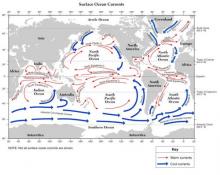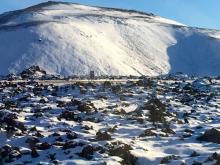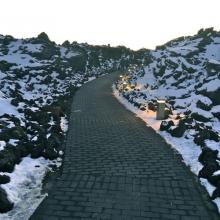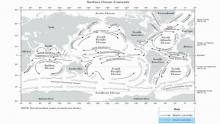Update
Check out Lisa's 2012 Expedition and researcher's notes from 2013
Lisa participated in an expedition to Barrow, AK with this team in the summer of 2012. You can begin following this expedition by checking in on the past journals at Oceanographic Conditions of Bowhead Whale Habitat 2013.
What Are They Doing?
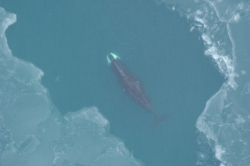
¿Quienes son?
Titulo financiado: Observación anual del medio ambiente marino biológico y físico en los mares Chukchi y Beauford en las cercanías de Barrow, AK.
El equipo de investigación viajará por avión a Barrow, una comunidad pequeña de aproximadamente 4,500 habitantes en la costa norte de Alaska. Como permitan las condiciones del tiempo, el equipo se embarcara para la colección de muestras oceanográficas a bordo del buque de investigación Annika Marie de 43 pies. Las actividades de a bordo incluirán colección de agua y plancton y mediciones de conductividad, temperatura, y profundidad. A bordo también tomarán nota sobre las ocurrencias de mamíferos marinos y realizarán el procesamiento preliminar de muestras. Si el clima es malo para navegar en el océano ellos pasarán el tiempo en Barrow catalogando muestras y organizándose para los días que pasaran sobre el agua.
Where Are They?
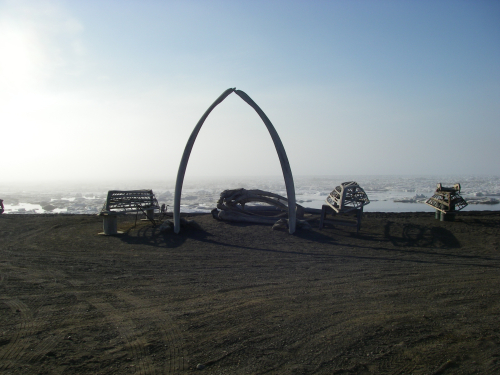
¿Qué están haciendo?
Localidad: : Barrow, Alaska
El equipo de investigación trabajara desde Barrow AK, en la yuxtaposición de dos mares Árticos: los mares Chukchi y Beaufort. Es una región frecuentemente viajada por la ballena bowhead, una especie en peligro de extinción. El génesis del proyecto es el entender porque la región cercana a Barrow AK es un área central para alimentación de ballenas migratorias bowhead, y las ballenas y sus presas continuaran siendo el enfoque con la interpretación que haga el equipo. El equipo de investigación realizo muestreos oceanográficos del medio ambiente físico y biológico en la región durante el periodo de 2005 al 2011 y observo una variabilidad interanual significante. Estudios de largo plazo de las condiciones oceánicas en el ártico son necesarias para entender como estos medios varían inter-anualmente. El equipo de investigación continuara la documentación de condiciones en el ecosistema biológico-físico oceánico, mediante exploraciones anuales, para poder predecir y entender impactos potenciales climáticos en el ecosistema ártico.
Latest Journals

Dr. Carin Ashjian studies marine biology and ecology with a special interest in the ecology of zooplankton in the Polar Regions, as these ecosystems may be significantly impacted by climate change. Her studies have taken her to both the Arctic and the Antarctic. For eleven years, she worked near Utqiaġvik/Barrow AK using a research vessel to study how and why this region is a feeding hotspot for bowhead whales during their fall migration from Canada to the Bering Sea. She also has worked from much larger research vessels, the USCGC Healy and the R/V SIkuliaq, to study zooplankton in the Bering, Chukchi, and Beaufort Seas. Past research has taken her to the Sea of Japan, the Norwegian Sea, Georges Bank, the Gulf Stream, and the California Current. She is a Senior Scientist at the Woods Hole Oceanographic Institution where she has worked since 1995.

Dr. Steve Okkonen has two jobs. For the past 37 years, he has spent the summer months as a commercial salmon fisherman in Cook Inlet, Alaska. Over the last 20 years, he has spent the fall, winter, and spring months as a University of Alaska Fairbanks physical oceanographer studying ocean currents in Alaskan waters. Most recently, he has worked with Dr. Carin Ashjian, Dr. Robert Campbell and whale biologists to find out why the Barrow area is a feeding hotspot for bowhead whales and beluga whales. They are now expanding their study to identify relationships between ocean currents and the migration of bowhead whales.

